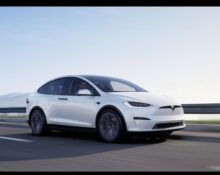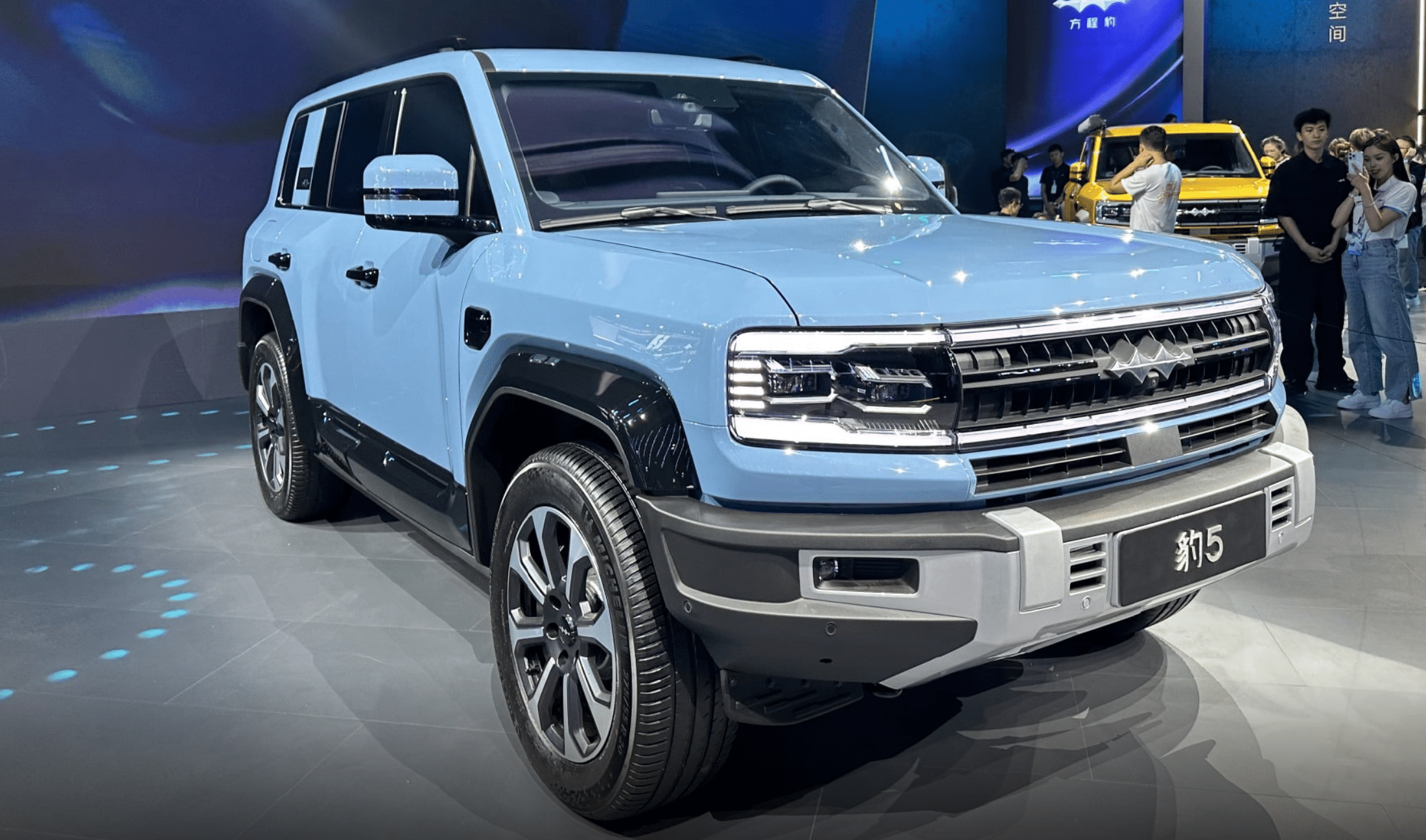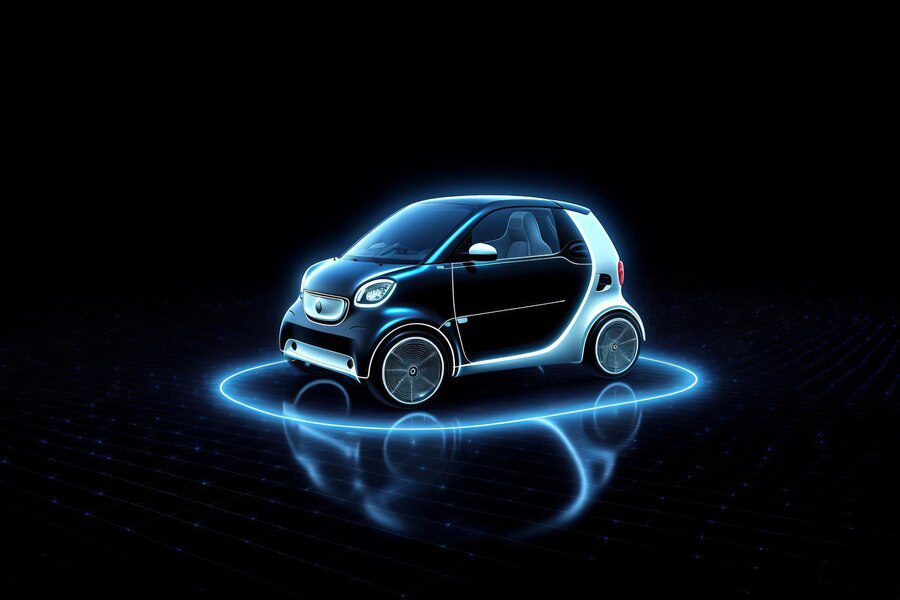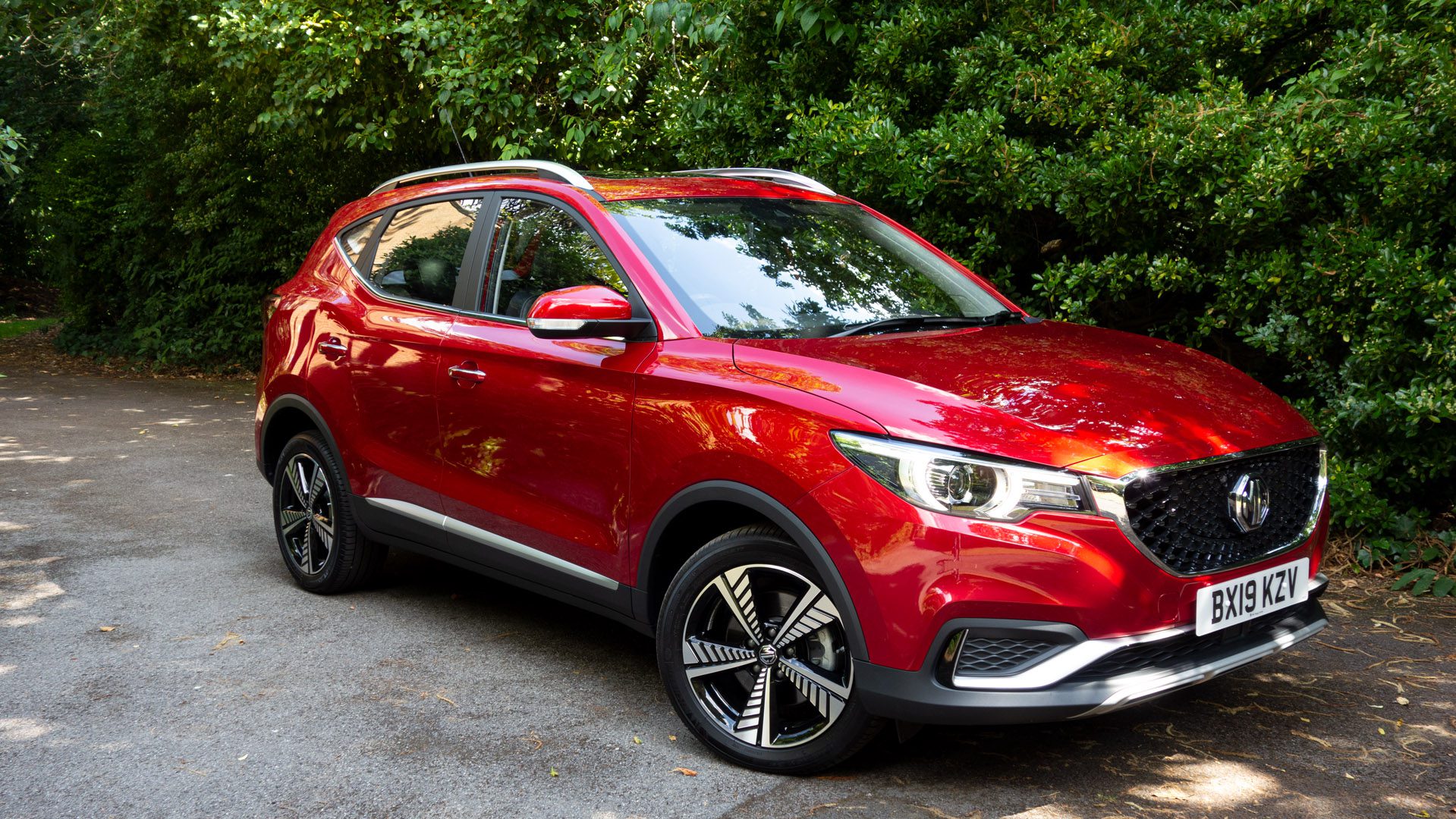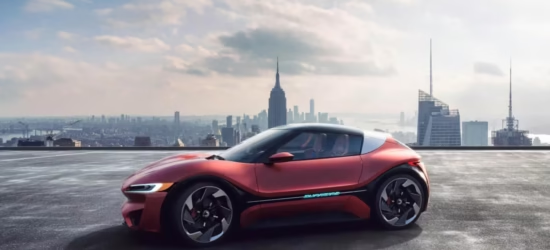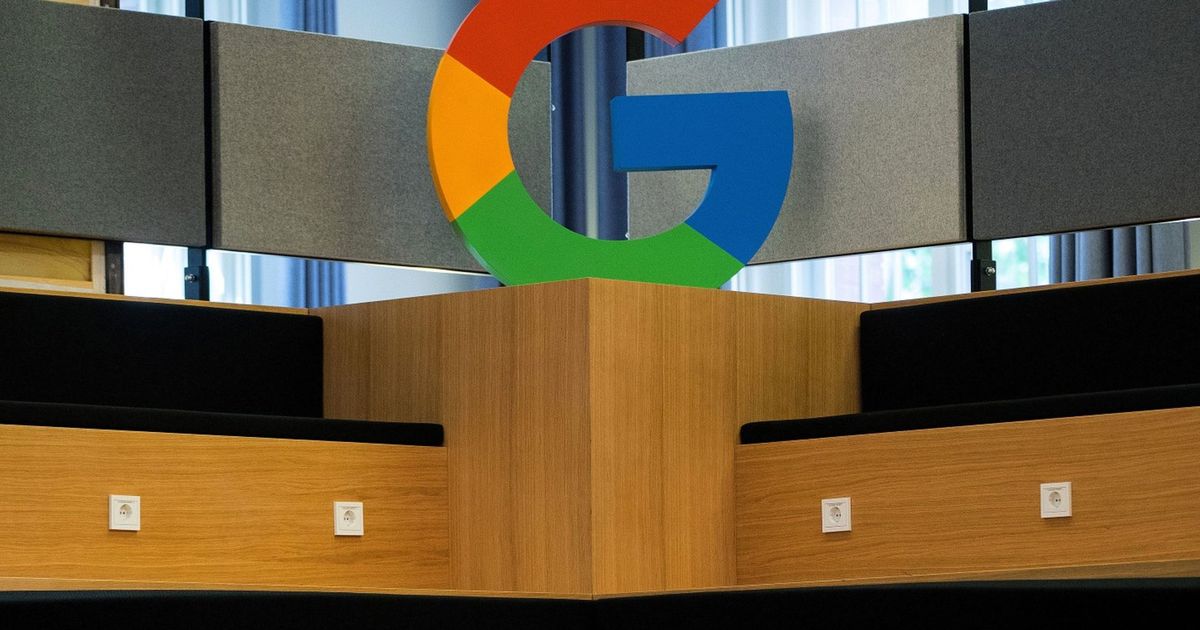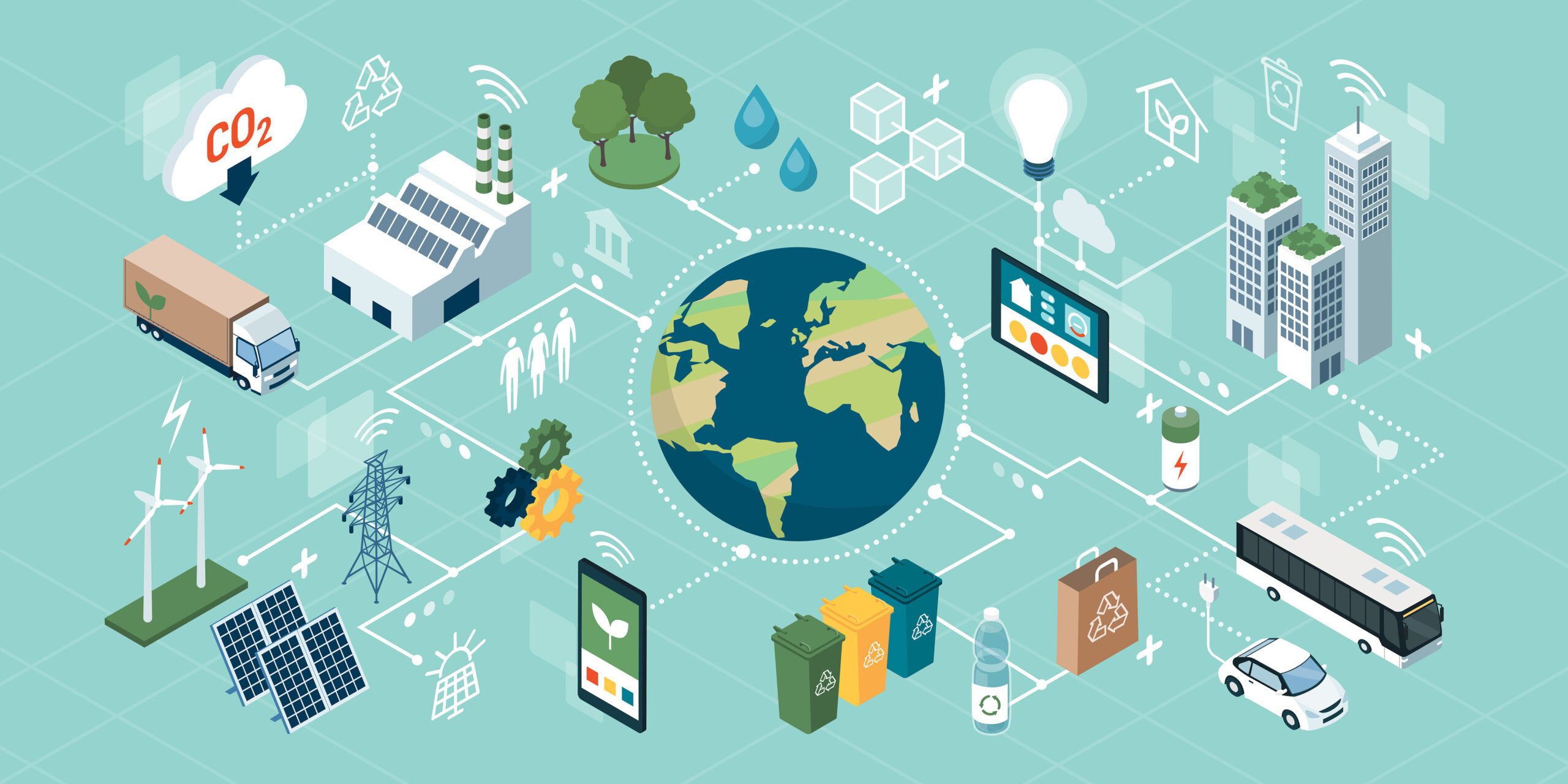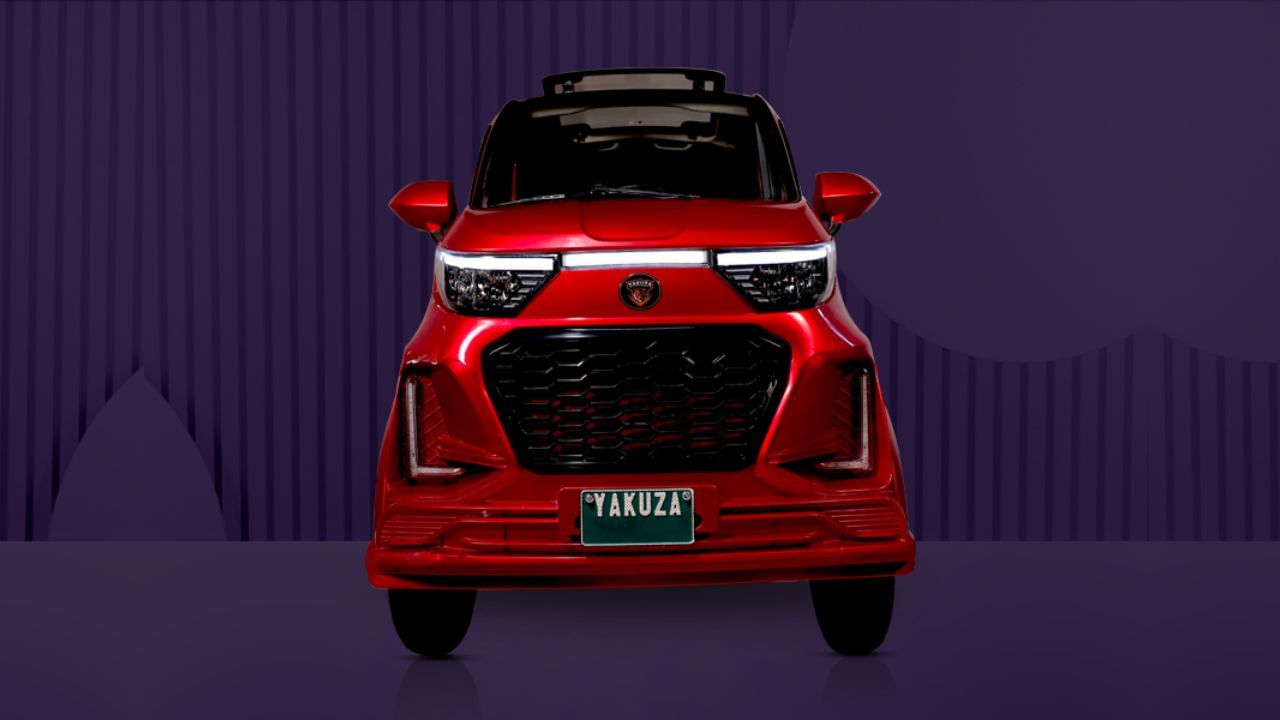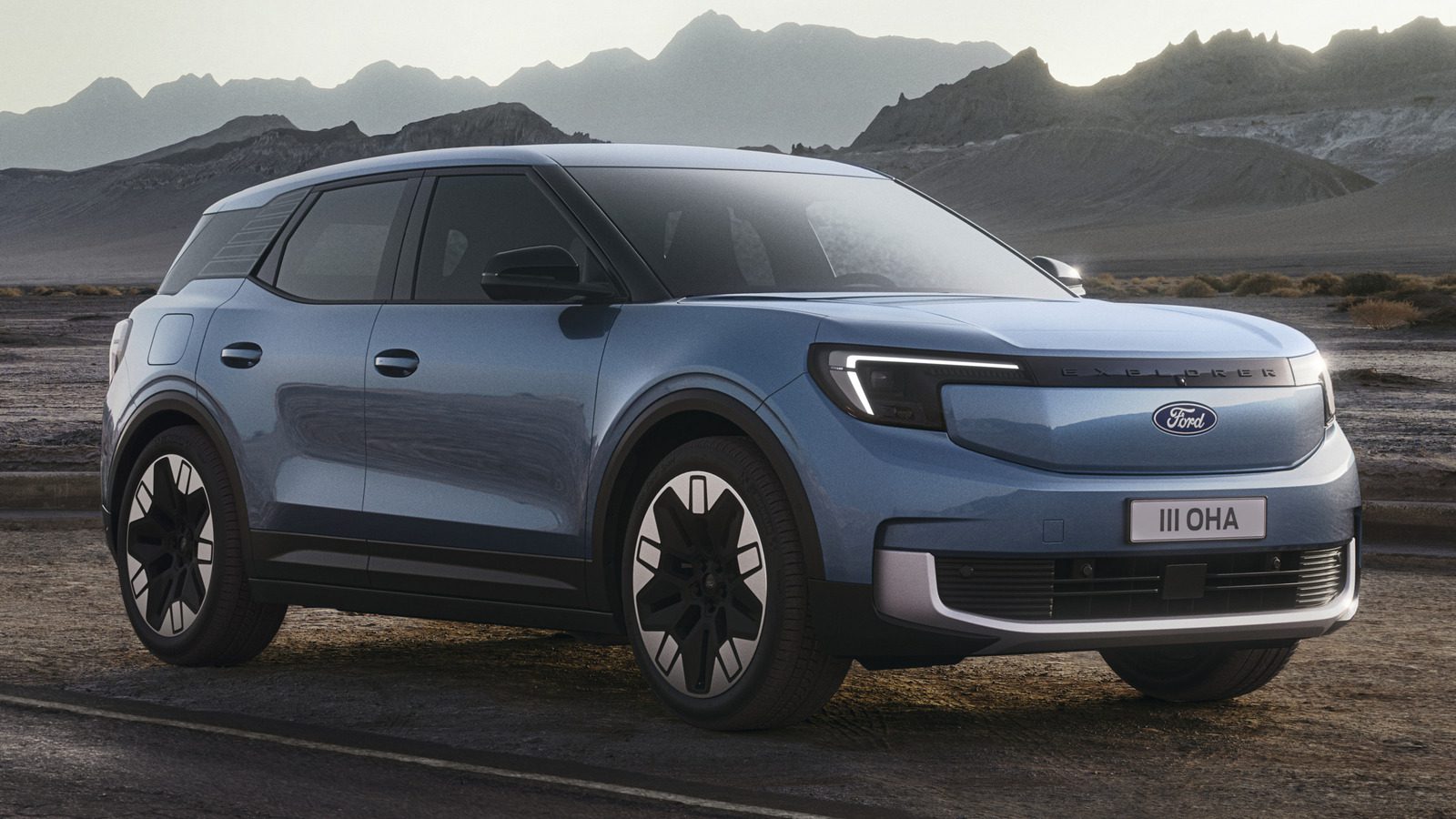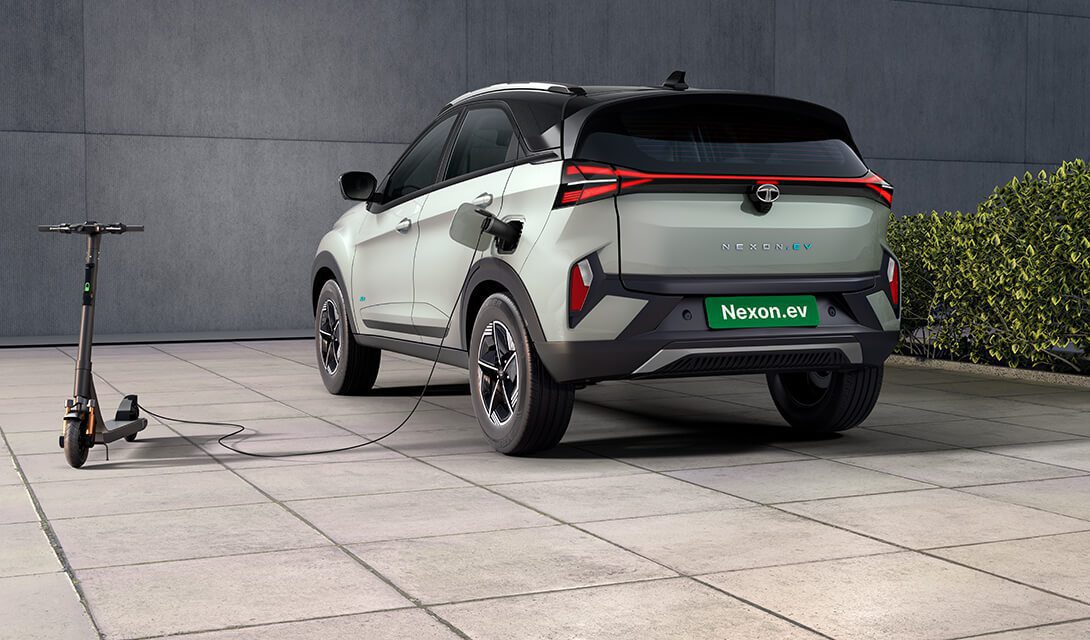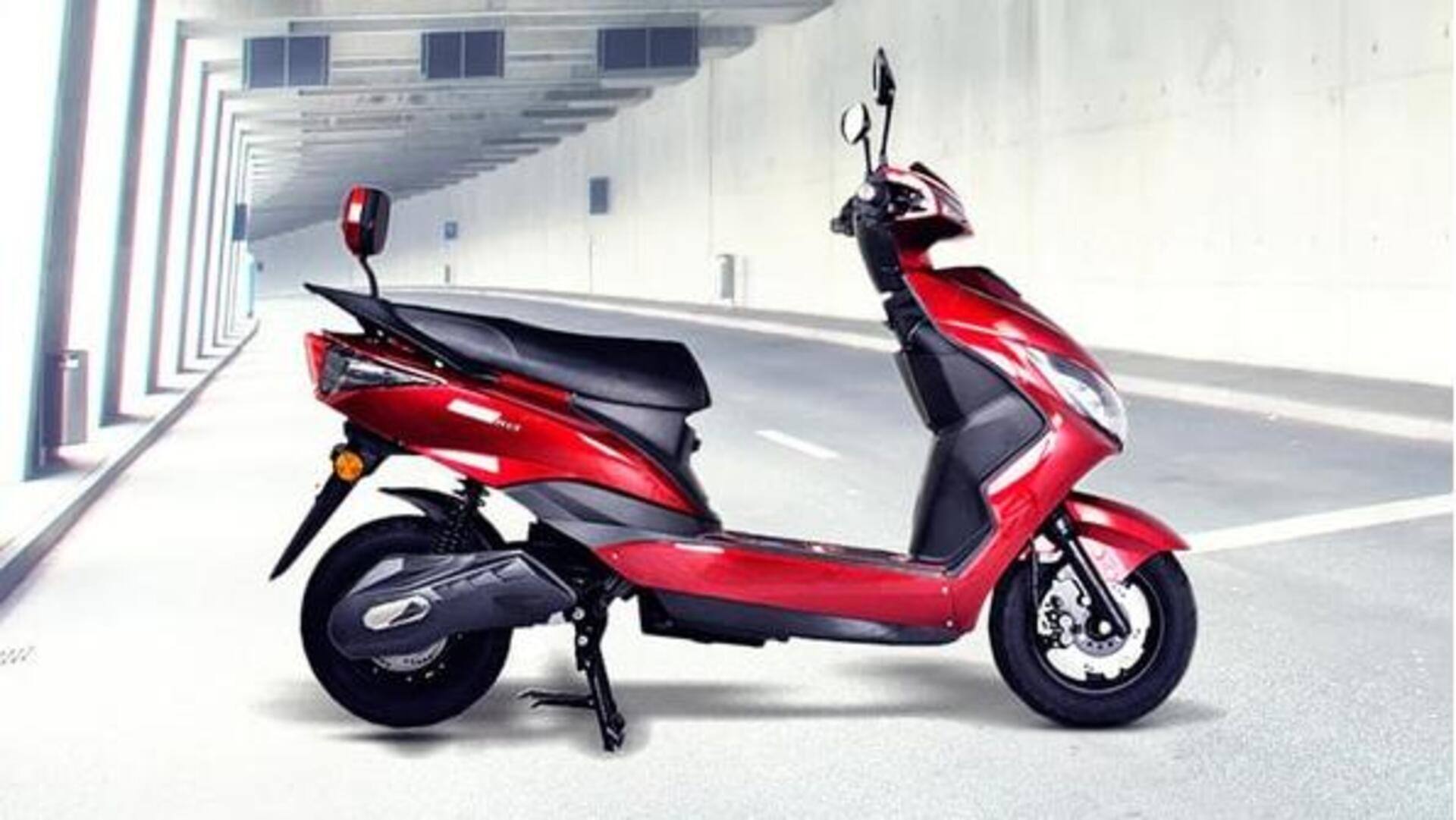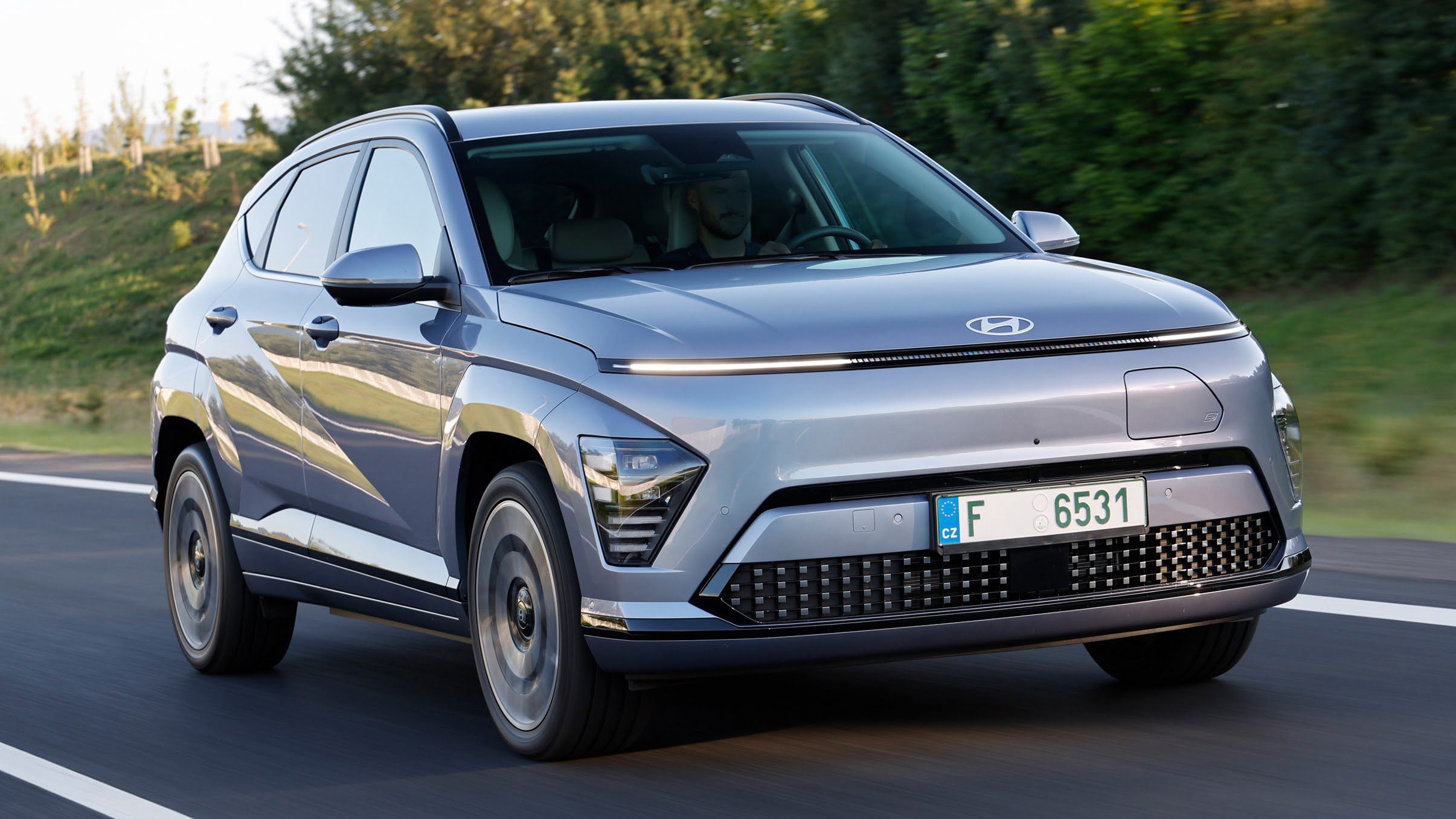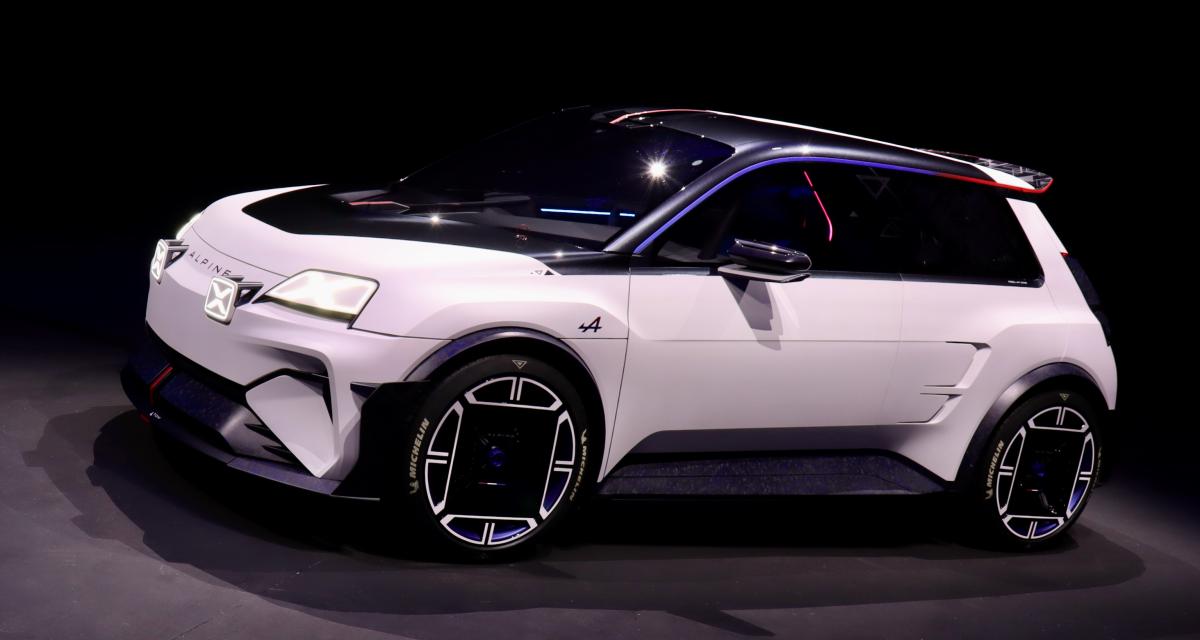The Natural Navigator. Your Sustainable Journey Starts Here
Connect with sustainable business, discover eco-friendly solutions, Find the sustainable travel options, Learn and make a positive impact in a sustainable way.

Tesla on Indian Roads: Opportunity or Obstacle?
- by Bindya Mathew
- February 25, 2025
How to Claim an EV Tax Credit
- by Nidheesh Chandran
- February 21, 2025
The First Electric Vehicle Without a Battery
- by Bindya Mathew
- February 20, 2025
Hero AE 8 Electric Scooter: The Best
- by Areej Asim
- August 21, 2024
Editor's Choice
Most Popular Review
More Review
Going Green with Tata Nexon EV: Detailed Review about the most popular EV in the
- by Jaziba Ghadeer
- November 22, 2023
The Tata Nexon EV has quickly become one of the most popular electric vehicles in India, offering a.
Electric One Astro Pro Review: Dominating with a 200 km Range on a Single Charge
- by Siddhant Auti
- December 9, 2023
Global Sales of EV two-vehicle wheelers are expected to reach 129 million units by 2028. (Source) Therefore, it is.
Top Electric Vehicles with Outstanding Battery Performance in India
- by Bindya Mathew
- December 11, 2023
A comprehensive guide to the top-performing EV batteries in the country. From the groundbreaking Tata Nexon EV Max.
Tata Tiago EV: ‘Now Everyone Will Go EV’ – But Is It Right for You?
- by Jacob Jose
- December 18, 2023
Tata Motors is a brand known for reliance, dependability, and design. They have dominated India’s EV market with.
Search
Top Reviews
Follower
Most Popular News
Creatara Launches Innovative Electric Scooters: The VS4 and VM4 Models
- by Disha Vira
- December 30, 2023
Why Clean Energy?
Fossil Fuel Based Transportation
Co2 Emission by Asia
scheme to promote electric vehicles.
by 2030 and reach net-zero by 2050 in order to limit global warming.




